Search Images
Browse Content (p. 984)

Image
William the Conqueror, Bayeux Tapestry
A scene from the 11th century CE Bayeux Tapestry showing William the Conqueror (second figure from the left) at the Battle of Hastings in 1066 CE. (Centre Guillaume le Conquérant, Bayeux, France)
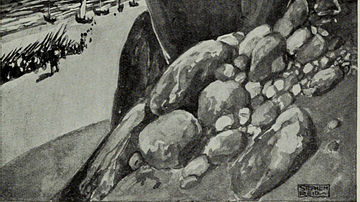
Image
Tuan Watches the Nemedians Arrive in Ireland
An illustration of Tuan mac Cairill watching the arrival of the Nemedians, one of the group of peoples that attempted to settle in Ireland in that country's founding mythology. (Taken from T. W. Rolleston's 'Myths & Legends of the Celtic...
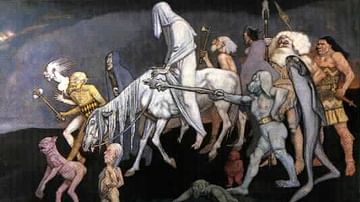
Image
The Fomorians by John Duncan
A painting by John Duncan depicting the Fomorians, one of the race of gods in ancient Irish mythology.
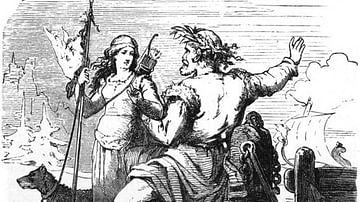
Image
Skadi & Njord
Artist's depiction of the Norse goddess Skadi and her husband, the god Njord, on their way to Njord's home of Nóatún. Although Skadi enjoys the mountains where she hunts and skis and Njord likes his dark, damp cave by the water, they try...
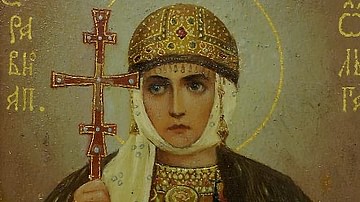
Image
Olga of Kiev
Olga of Kiev, who is better known as Saint Olga (d. 969) of the Kievan Rus. After her husband, Igor of Kiev (r. 912-945) is killed by the Drevlian tribe (a tribe of Early East Slavs), Olga seeks bloody vengeance and achieves this, among others...
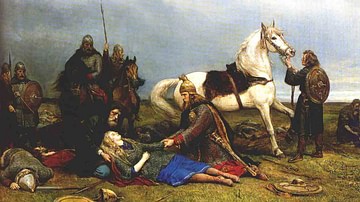
Image
Hervor's Death
Painting by Peter Nicolai Arbo (1831-1892) depicting the death of Hervor, the heroine of the 13th century CE Scandinavian Hervarar saga ok Heiðreks. She wields her father's magic sword Tyrfing but it brings its owner nothing but trouble...
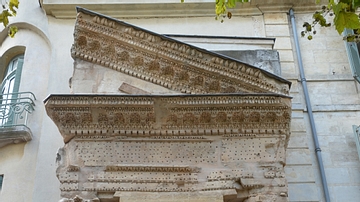
Image
Arles Temple Facade
Vestiges of the facade of a second century CE temple at the Roman Forum, Arles.
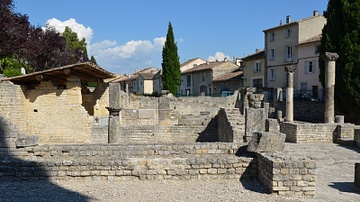
Image
House of the Laurelled Apollo
The partially excavated House of the Laurelled Apollo at the Roman archaeological site of Puymin, Vaison-la-Romaine, France.
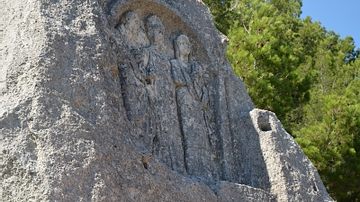
Image
Les Trémaïé
Les Trémaïé, a bas-relief from the Gallo-Roman Period carved out from a rock-cut hill depicting Roman figures, Les Baux-de-Provence, France.
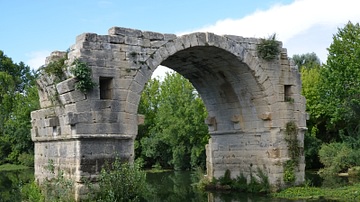
Image
Pont Ambroix
The Ambroix Bridge at Ambrussum (modern-day Lunel, France) is an impressive work of engineering, which allowed the Via Domitia to cross the Vidourle River. It is thought to have had 11 arches and to have been over 175 m (574 ft) in length...